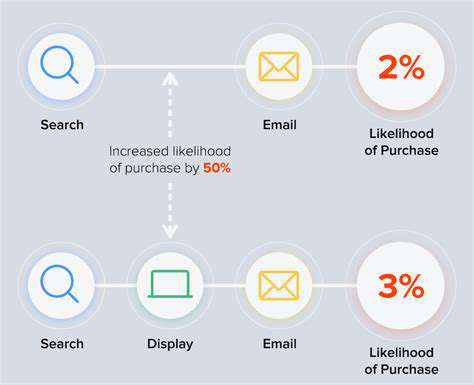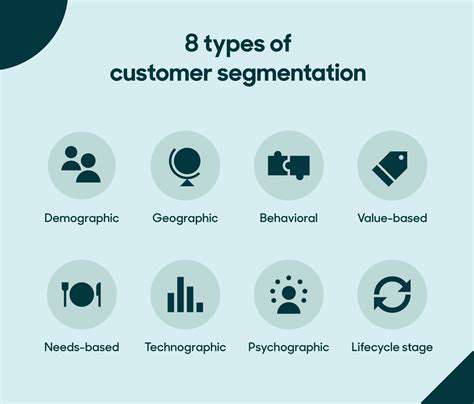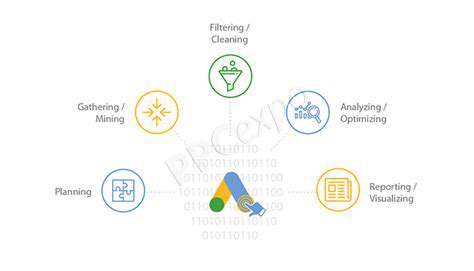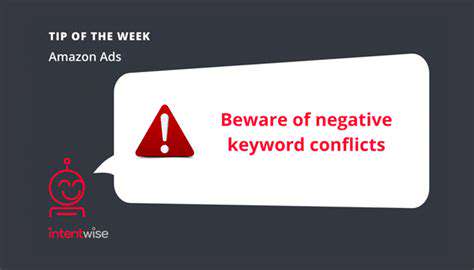Progressive Web Apps (PWAs): Enhancing Mobile Experience
Key Features and Benefits of PWAs
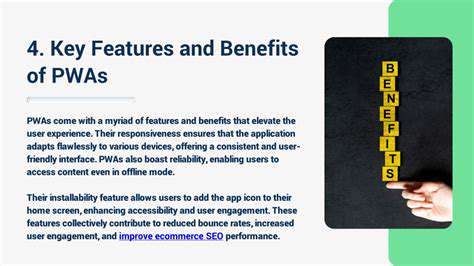
Improved User Experience
Progressive Web Apps (PWAs) elevate the user experience far beyond what traditional web pages can offer. By integrating features like push notifications, offline access, and device-specific functionalities, they create an environment that feels native to the user's device. This seamless integration fosters higher satisfaction and encourages users to return to the app repeatedly.
A standout feature is the ability to use PWAs without an active internet connection. For users in regions with unstable or costly internet access, this offline capability is revolutionary. It ensures uninterrupted access to key functionalities, making the app indispensable in areas with poor connectivity.
Enhanced Performance
PWAs are engineered for speed and efficiency. They leverage advanced caching methods and streamlined code to deliver rapid loading times, even on older devices or slower networks. In our fast-paced digital era, where users demand instant responses, PWAs meet and exceed these expectations with remarkable consistency.
Offline Functionality
The offline capabilities of PWAs set them apart from conventional web applications. By caching essential data, these apps allow users to continue interacting with content during internet outages. This feature is particularly valuable for professionals working remotely or individuals in areas with unreliable network coverage, ensuring productivity isn't hampered by connectivity issues.
Push Notifications
Through push notifications, PWAs maintain constant engagement with users. This direct communication channel keeps users informed about updates, new features, or relevant content, helping to build lasting relationships between businesses and their customers.
Cost-Effectiveness
Developing PWAs proves significantly more economical than creating native mobile applications. The shared codebase across platforms reduces both development time and expenses. For startups and small businesses operating with limited budgets, PWAs present an attractive solution for expanding digital presence without compromising quality or functionality.
Security and Reliability
PWAs prioritize user security through robust HTTPS encryption and stringent data protection measures. Built on the secure foundation of web technologies, these apps provide peace of mind for both businesses and users when handling sensitive information and transactions.

Future Trends and Implications
Progressive Web App (PWA) Adoption and Growth
The growing preference for responsive mobile experiences is fueling widespread PWA adoption. Businesses across sectors - from e-commerce to media - are recognizing the value of apps that merge web accessibility with native app functionality. Early adopters report improved customer engagement metrics, signaling a fundamental shift in mobile interaction paradigms.
Enhanced Offline Capabilities
PWA technology continues to push boundaries in offline functionality. Unlike traditional web apps that fail without connectivity, PWAs store critical data locally, enabling continuous operation. This proves invaluable for users in areas with intermittent internet access, fundamentally changing expectations for web-based applications.
Improved Performance and Speed
Through sophisticated caching strategies and lean code architecture, PWAs deliver exceptional speed across all devices. This performance advantage translates to better user retention, as modern consumers increasingly abandon slow-loading applications.
Security and Reliability
The inherent security protocols of PWAs, including mandatory HTTPS implementation, provide users with confidence in data protection. This reliability establishes PWAs as trustworthy platforms for sensitive transactions and communications.
Integration with Existing Web Technologies
By building upon standard web technologies like HTML, CSS, and JavaScript, PWAs allow developers to leverage existing skills. This compatibility significantly lowers the barrier to entry for organizations looking to transition to progressive web applications.
Seamless User Experience Across Devices
The true power of PWAs emerges in their cross-platform consistency. Whether accessed via smartphone, tablet, or desktop, users enjoy a uniform experience that maintains functionality and design integrity.
Future Implications for Mobile Development
As PWA adoption accelerates, the mobile development landscape faces significant transformation. The efficiency and cost benefits of PWAs may gradually reduce reliance on traditional native app development, particularly for businesses prioritizing rapid deployment and broad accessibility.
Read more about Progressive Web Apps (PWAs): Enhancing Mobile Experience
Hot Recommendations
- Personalizing Email Content with User Behavior
- Geofencing for Event Attendance Tracking
- Reputation Management on Social Media
- UGC Beyond Photos: Videos, Testimonials, and More
- The Future of Data Privacy Regulations
- Accelerated Mobile Pages (AMP) Benefits and Implementation
- The Future of CRM: AI and Voice Integration
- Google Ads Smart Bidding Strategies: Maximize Value
- Common A/B Testing Pitfalls to Avoid
- Local SEO Strategies for Small Businesses


